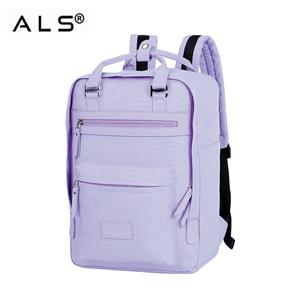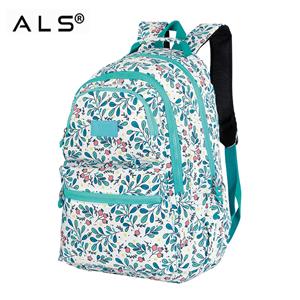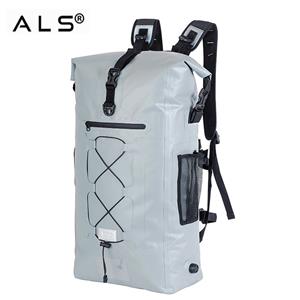6 Things to Know Before Buying Cycling Backpacks
1. Breathability
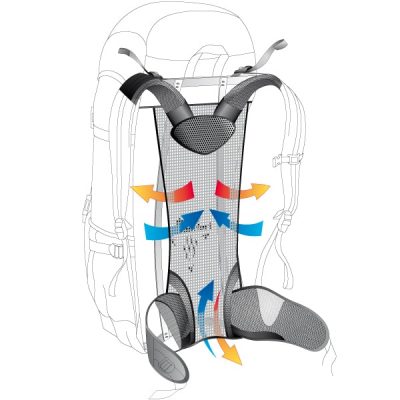
If you're using your bike to commute, then it's likely you want to arrive at your destination still looking as fresh as you did when you mounted the bike. But, that can be quite a challenge when you're carrying a backpack.
Look for cycling backpacks that will keep your back cool and dry by providing airflow between you and the pack.
How?
Quality cycling backpacks such as the Osprey Radial or Deuter Bike Backpack are constructed with mesh materials and contoured air channels that allow for airflow between you and the pack.
2. Comfort
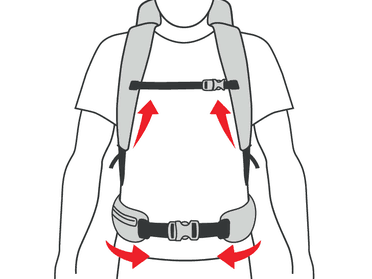
There's a reason you can't throw on a traditional backpack and expect to be comfortable on a bike. A standard pack will slide all over your back while you ride, making your journey uncomfortable at best and potentially dangerous at worst.
The best-designed cycling backpacks feature chest and hip straps designed to keep the pack securely strapped to your back while also incorporating ample padding to prevent the straps from chafing your hips and shoulders.
3. Capacity
Whether you want to carry just a few small things or a computer, lunch, a whole change of clothes and a bike lock, the range of capacity on commuting cycling backpacks is pretty broad.
Most cycling bags offer a capacity of around 20L, but can range from as small as 10L to as big as 30L.
Make sure you're realistic about how much you can carry.
4. Number of Pockets
Pockets are important in your backpack for several reasons.
First and foremost, they offer the ability to organize your stuff.
No one wants to be digging blindly for their house keys, wallet or smartphone. Backpacks such as Timbuk2's Especial Medio offer inner pockets designed to organize laptops, tablets, clothing, and even a bike helmet, while outer pockets offer a convenient place to stow your wallet, house keys and smartphone.
Pockets also help with weight distribution, helping to keep heavier objects closer to your body, distributing weight in a way that won't throw you off balance as you're executing turns in traffic.
5. Waterproofing Properties
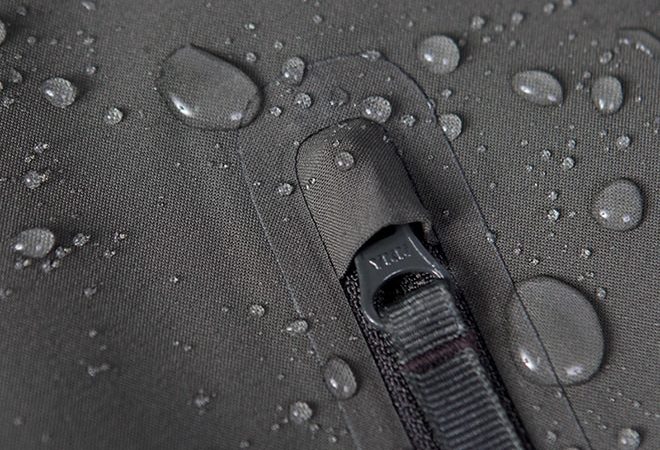
Sooner or later you're going to get caught in the rain during your commute on a bike.
And when you do, the last thing you want is to be wearing a backpack that's going to let the rain soak your stuff, especially if that stuff includes an expensive laptop or smartphone.
Most backpacks are made of water-resistant materials. They're more than enough to withstand light to medium showers. Unless you expect to get caught in a big downpour, a waterproof bag might be overkill.
And when it really pours, you'll most likely find a shelter rather than continue riding. But if you do, look out for bags with a detachable rain fly, such as the Thule's Commuter Backpack.
Also, look at how the zippers and seams are constructed.
Being water-resistant is not just about the material.The zippers design is equally important.
There are teeth openings in a standard zipper and these will allow small rain droplets to enter. Most bags overcome this by having the fabric covers the exposed teeth. Alternatively, some use waterproof zippers, but these don't come cheap.
6. Reflective Details
If you're commuting on a bike, then it means you're probably cycling on heavily trafficked roads early in the morning or later in the evening when visibility is reduced.
It's essential to be seen when you're on your bike, and your backpack is the optimal place to create that visibility.


